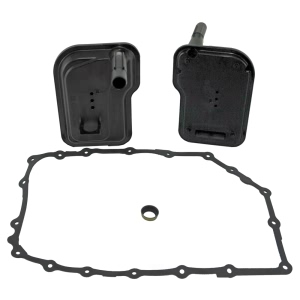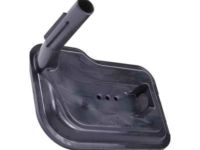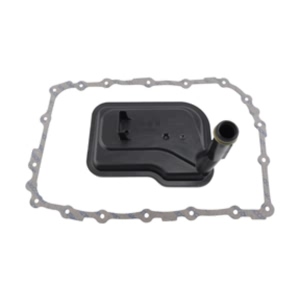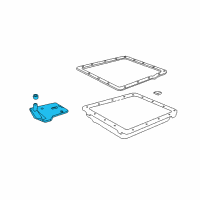< Back ×
My Vehicle Change Vehicle
2011 GMC Yukon XL 1500
< Back to View All
Transmissions Components & Shifters
- Department
- Brands
- Prices


WIX® Transmission Filter Kit for 2011 GMC Yukon XL 1500
PartNumber: 58369Product Specifications- Class: A
- Inner Diameter Top: Closed
- OE Part Number: 24236933
- UPC: 765809583696
- Part Description: 2011 GMC Yukon XL 1500 Transmission Filter Kit
Vehicle Fitment- 2011 GMC Yukon XL 1500 | All Trims | 8 Cyl 6.2L
$46.49OEM (Genuine) 2011 GMC Yukon XL 1500 Filter Kit, Automatic Transmission Fluid
PartNumber: 24236933 Product Specifications
Product Specifications- Notes: 6 Speed
- Other Names: Filter
- Item Dimensions: 11.2 x 7.4 x 7.6 inches
- Item Weight: 1.10 Pounds
- Fitment Type: Direct Replacement
- Replaces: 24238229
- Part Description: 2011 GMC Yukon XL 1500 Filter Kit, Automatic Transmission Fluid
Vehicle Fitment- 2011 GMC Yukon XL 1500 | Denali, SLE, SLT | 8 Cyl 5.3 L FLEX, 8 Cyl 5.3 L GAS, 8 Cyl 6.0 L GAS, 8 Cyl 6.2 L FLEX, 8 Cyl 6.2 L GAS


Hastings® Pan Type Automatic Transmission Filter for 2011 GMC Yukon XL 1500
PartNumber: TF209Product Specifications- Pallet Layer Quantity: 24
- Part Description: 2011 GMC Yukon XL 1500 Pan Type Automatic Transmission Filter
Vehicle Fitment- 2011 GMC Yukon XL 1500 | All Trims | 8 Cyl 6.2L


VAICO® Automatic Transmission Filter Kit for 2011 GMC Yukon XL 1500
PartNumber: V40-0964Product Specifications- Notes: Grade: Aftermarket
- Packaging Depth [cm]: 21
- Packaging height [cm]: 31,9
- Packaging width [cm]: 12,8
- Transmission Type: 6L80
- Weight [kg]: 0,5
- Part Description: 2011 GMC Yukon XL 1500 Automatic Transmission Filter Kit
Vehicle Fitment- 2011 GMC Yukon XL 1500 | All Trims | 8 Cyl 6.2L
- 2011 GMC Yukon XL 1500 | SLE | 8 Cyl 5.3L
- 2011 GMC Yukon XL 1500 | SLT | 8 Cyl 5.3L
FAQ for Transmission Filter Repair
Q: What are some signs of water being in the transmission?
A:
The signs of watering in your transmission include transmission fluid blowing out of the dipstick tube, visible water in the pan, rust in the internal components of the transmission, and swollen or glued gaskets on the valve body face or case.
By Bob
GM Specialist
06/11/2020Q: If water is found in the transmission what components must be replaced?
A:
If water is found in the transmission, the rubber seals, clutch plates and bands, nylon parts, and torque converter need to be replaced. Also, make sure to thoroughly clean the transmission/transmission case so no water is left behind.
By Omar
GM Specialist
06/11/2020Q: Is having water in your transmission bad?
A:
Yes, having water in your transmission is harmful to the internal transmission components as it will change the friction of clutches and result in low time durability of the components.
By Bob
GM Specialist
06/11/2020

